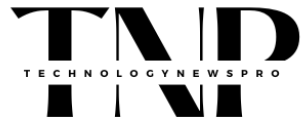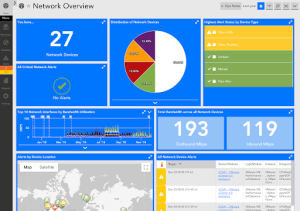The essay “A Place of Knowledge” by Michel de Montaigne is a classic example of an exercise in self-knowledge. Montaigne wrote it in his private library in his mansion near Bordeaux, which was a place of solitude and knowledge, but also a heterotopia: two sets of spatial relations co-existed. The necessary demarcation of one set from the other was part of his self-knowledge.
Situated knowledge
The concept of situated knowledge suggests a particular place of knowledge. The knowledge is grounded in specific situations, and can be useful for solving problems or making decisions. For instance, urban planners engage local residents to help them create features for the city, such as living streets and parks. In this sense, situated knowledges can serve as a useful framework for understanding urban planning and development.
It can be argued that situated knowledges are also epistemologically significant, especially when considering issues of urban transformation. This is because situated knowledges are shaped by communities and not by individuals working in a vacuum. Often, we need to be in a specific place to come to a larger vision, and situated knowledges help us to do that.
The concept of situated knowledge is widely accepted among feminist geographers. However, few critical geographers have attempted to investigate situated knowledges. One notable example of this is Donna Haraway’s work on primate group behavior. Haraway’s work showed that interpretations of group behaviour were gendered and challenged the notion of objectivity in academic work. These insights are now widely accepted among feminist geographers, as attention to power and positionality is a required part of critical work.
Symbolism of knowledge
There are several symbols for knowledge. One of them is the spider, which symbolizes both the dark and light sides of knowledge. In addition to this, spiders also represent creativity and hard work. They are also feminine wisdom symbols, as they represent the Great Mother. These symbols have significant meanings in different cultures.
Another symbol for knowledge is the juniper tree. The juniper tree is the oldest living tree on the planet. It is found on every continent and is associated with wisdom. This tree also symbolizes the ability to adapt and choose the right methods. Because of its ability to adapt to its surroundings, it is associated with knowledge.
Knowledge is also represented by keys. These symbols can open doors to new opportunities. In ancient Egypt, the key was a symbol of the god Janus, who had the ability to see into the past and the future. He is often depicted with a key in his left hand. He was also associated with imparting wisdom. Another ancient Egyptian god associated with knowledge is Anubis, who is the god of death. Anubis also aids the soul in transition from one life to the next.
The One-eyed Allfather, Odin, is another symbol of knowledge. He had the power to see across the world from his home in Valhalla. However, he sacrificed half of his sight to gain greater wisdom. He wanted to know everything there is in the world, and he self-immolated for nine days to gain access to this knowledge.
Another important symbol of knowledge is the wheat stalk. In ancient Sumeria, it symbolizes Nisaba, the goddess of knowledge. Nisaba was initially worshipped as the goddess of grain, but as the use of writing became important, Nisaba came to be associated with knowledge. As a result, Nisaba’s sacred grain stalk became a symbol of knowledge.
Sources of knowledge
Sources of knowledge are various processes through which we acquire knowledge and information. The most fundamental source of knowledge is perception, which includes the use of the five senses. Introspection is another important source of knowledge, which involves the understanding of our own mental states. Other basic sources of knowledge include memory, reason, inference, and testimony. Some theorists place emphasis on intuition as the primary source of knowledge, while others reject these sources as irrational.
The four main sources of knowledge are: intuition, authority, reason, and empiricism. Intuition is acquired through direct experience, while reason is gained from the logical analysis of evidence. Observation and data-based knowledge, such as statistics, are also sources of knowledge.
Different kinds of knowledge have different implications for firms. Firms need to translate knowledge into the capacity to act. This is why knowledge absorption and knowledge generation are often understood as two sides of the same coin. In both processes, it is important to consider the context. Knowledge generation and absorption are both influenced by a variety of factors, including the firm’s current knowledge base.
Application of knowledge
Putting knowledge to use is the most critical part of learning. Without practical application, we will only retain a very limited amount of information from books. By applying knowledge in real situations, we can understand a concept and internalize it. But how do we apply knowledge to make it useful?






